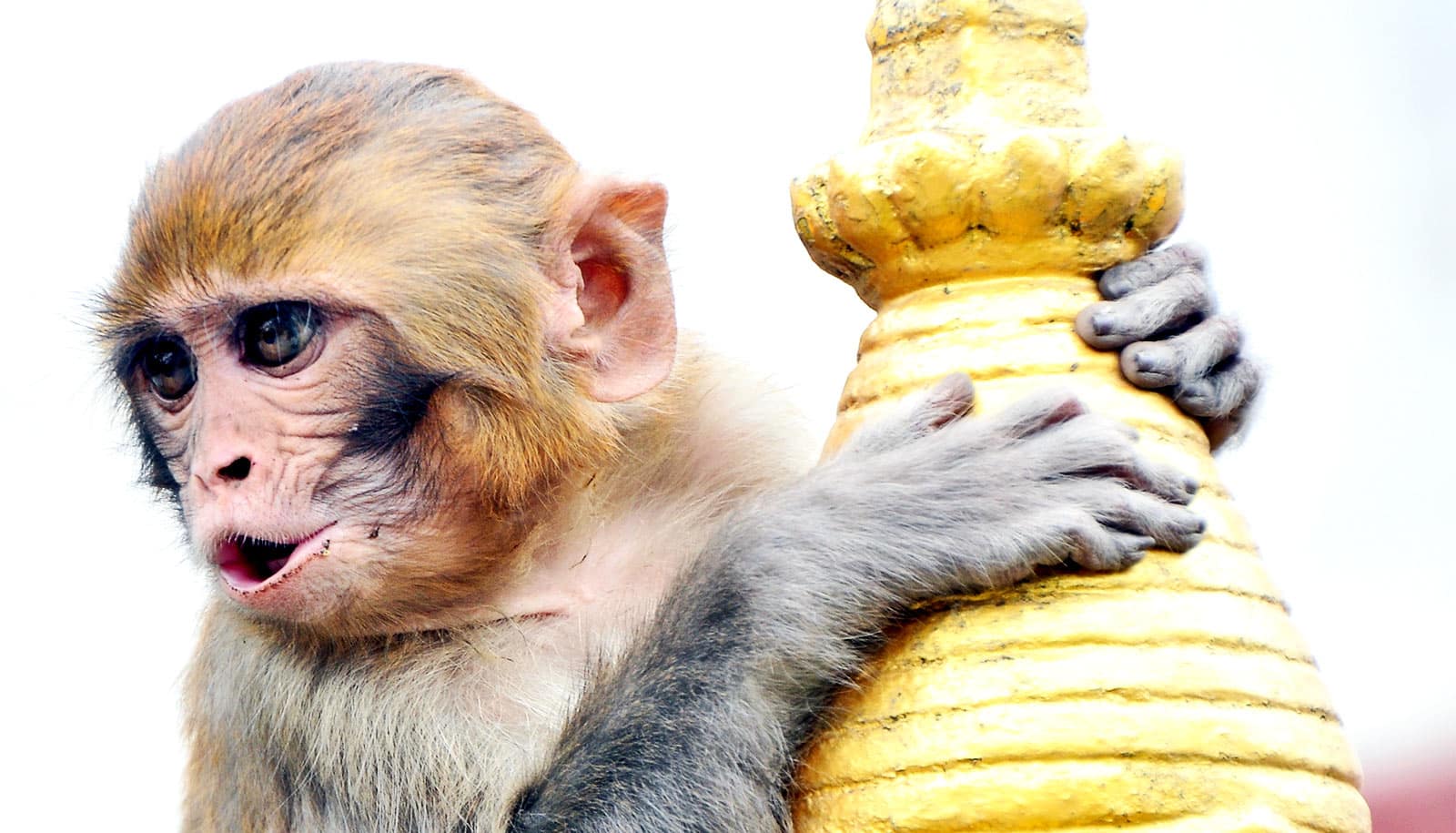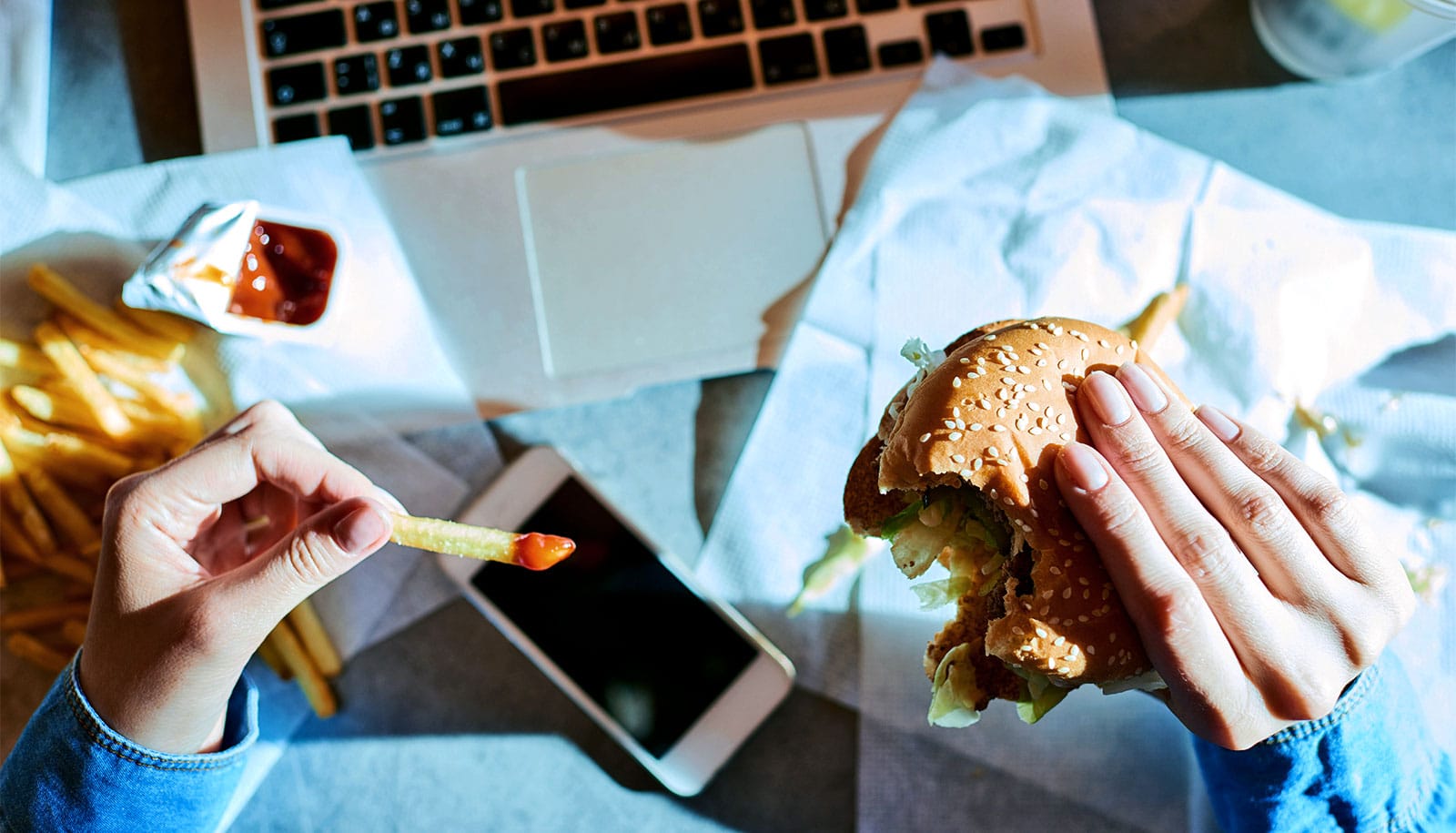A new study with monkeys digs into how long they can effectively split their focus, which could offer insight into human multitasking.
“We wanted to study how the monkeys perceived these images in their brains. Do they only see one at a time? Or are they able to process several images at once?”
The researchers had Rhesus monkeys look at images on a computer screen while measuring their brain activity. First, the monkeys had to look at a picture of a mailbox, and after that, two pictures at once.
“We wanted to study how the monkeys perceived these images in their brains. Do they only see one at a time? Or are they able to process several images at once? If so, for how long? We were able to conclude that the monkeys could process two images at once in less than 80 milliseconds,” says Susanne Ditlevsen, a professor at the University of Copenhagen’s mathematical sciences department.
Monkeys and multitasking
The result contributes to solving a psychological dilemma that arises as to whether monkeys—and perhaps humans too—perceive impressions in the brain in parallel or serially, i.e., if they are being processed in the brain at once, or individually, one at a time.
“What we find is that as soon as the monkeys are presented with two images at once, their brains react in parallel, meaning that the brain focuses on both images with the same intensity. However, after about 80 milliseconds, attention is paid to one of the two images. In other words, their perception becomes serial,” explains Ditlevsen.
As such, the research demonstrates that it is not an “either-or”, but a “both-and” situation. The monkeys’ brains alternate between both ways of perceiving things.
“We were surprised that their way of registering the pictures was so consistent. It is clear that they initially registered the two pictures in a single hodge-podge, prior to focusing on one picture at a time,” says Ditlevsen.
‘Big Brother’ or ‘Follow the Leader’
The researchers produced precise statistical models to measure what happened in the monkeys’ brains during the first 500 milliseconds after seeing different numbers of images, well before the monkeys were even aware of what they were looking at.
“A large neuronal response is provoked as soon as the monkeys are presented with images. We placed this neuronal response into a mathematical probability model called a point process. This allowed us to observe when brain activity increased or decreased, within a given time interval,” explains Ditlevsen.
The researchers then placed the model of brain activity into a larger model, which either assumes that neurons act according to a kind of control center, a la “Big Brother,” that constantly knows what they are doing and steers them in a certain direction in relation to their appreciation of the images, or that conversely, neurons affect each other and follow suit, one by one—in a kind of “Follow the Leader” manner.
“Our results demonstrate that regardless of which of the two models we use, the result is identical. First, the monkeys record both images at once, and then individually. We see this in our measurements of neurons, which first work separately to decode both images, and then begin doing the same thing, but focusing on one image together,” explains Ditlevsen.
Although the study’s findings cannot be generalized across the board, and human and monkey brains are different, Ditlevsen contends that there are some exciting trends in the study which contribute to our understanding of both ourselves and the world.
The study appears in the journal Royal Society Open Science.
Source: University of Copenhagen



